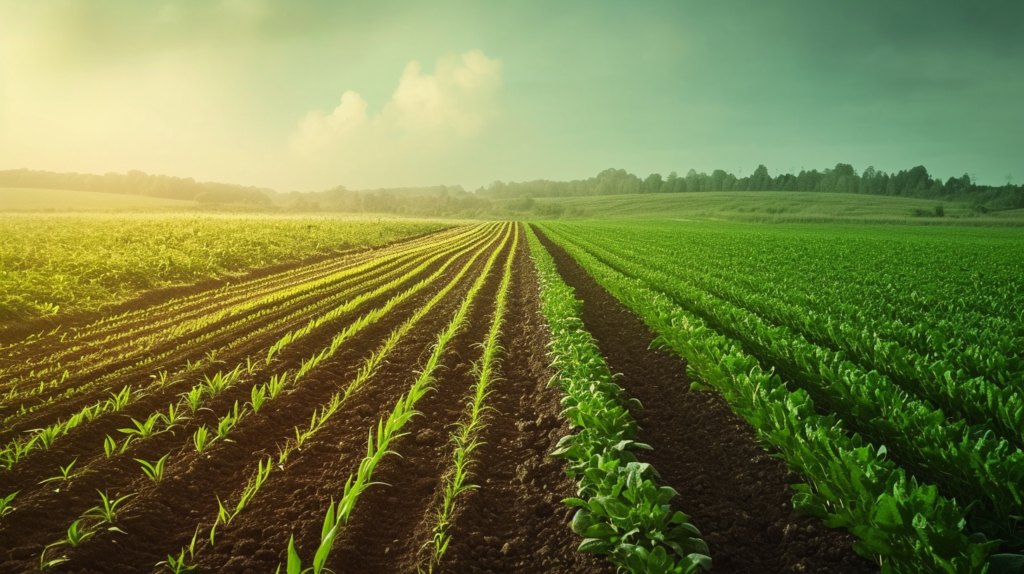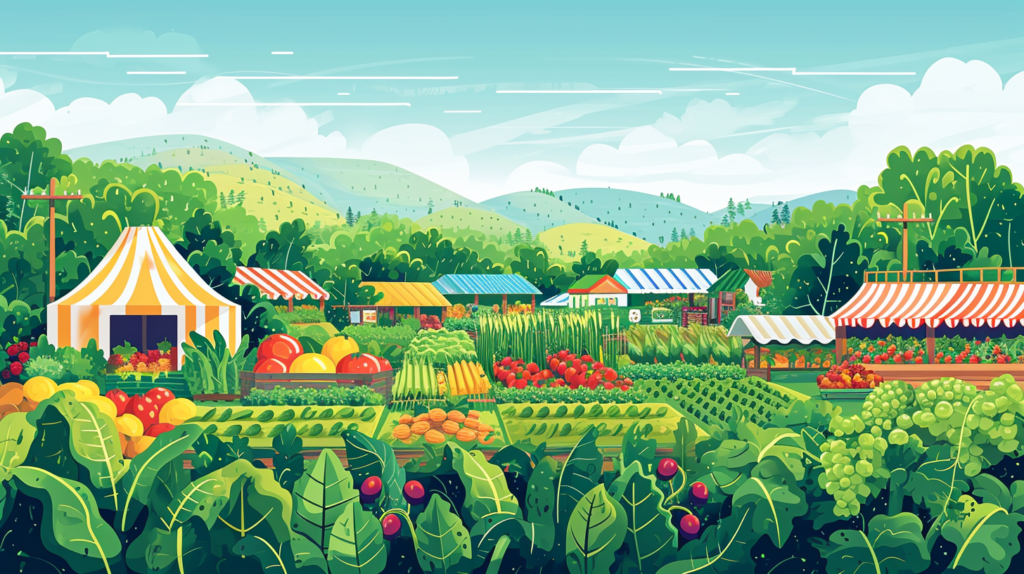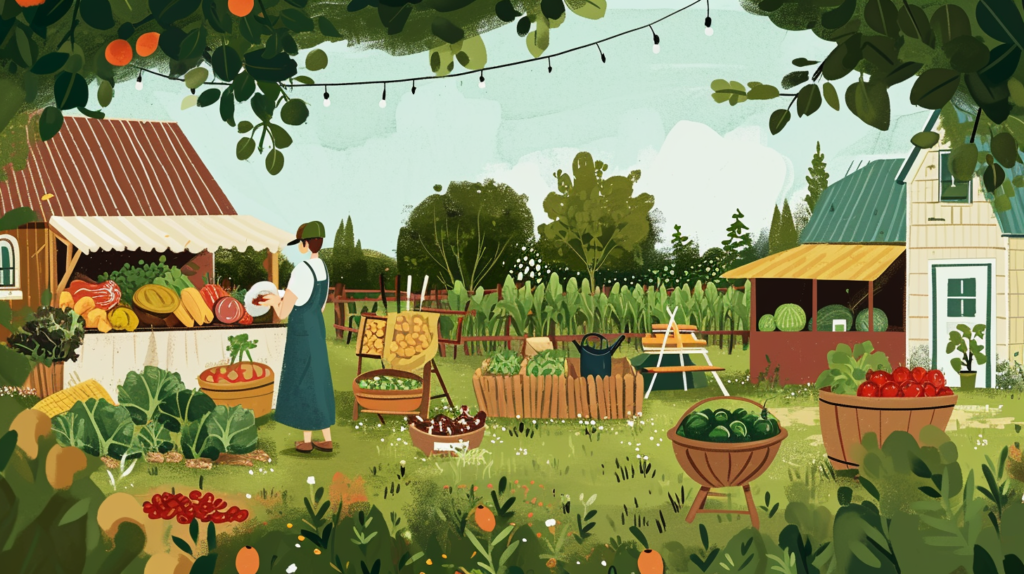In a world where convenience often overshadows quality, the term “Organic Food” has become more than just a buzzword; it represents a fundamental shift in our approach to nutrition and health. This blog delves into the intricate value of organic food, focusing on three key aspects: its financial cost, the health implications of avoiding pesticides, and the benefits of supporting local producers or growing your own food.

1. The Financial Implications of Choosing Organic
Organic food, undeniably, comes with a higher price tag compared to conventional produce. The reasons are manifold – organic farming practices are more labor-intensive, they do not utilize the same economies of scale, and there is often a tighter control on quality. However, viewing this cost purely in financial terms belies the broader context.
Investing in organic produce is, in essence, investing in your health and the environment. By choosing organic, consumers are directly supporting farming practices that are less harmful to the environment. This decision not only impacts the individual’s health but also contributes to a more sustainable agricultural system. Moreover, while organic meat such as beef might be more expensive, options like organic mince offer a more budget-friendly alternative without compromising on the benefits of organic animal husbandry.
2. The Health Cost of Pesticides
The avoidance of synthetic pesticides and fertilizers is a cornerstone in organic farming. The long-term health implications of pesticide exposure include increased risks of cancer, hormonal disruptions, and neurological issues. By choosing organic foods, one significantly reduces their exposure to these harmful chemicals.
Moreover, from an evolutionary perspective, our bodies are not adept at processing these synthetic compounds, which are a relatively recent addition to our environment. Organic produce, on the other hand, aligns more closely with the natural diet of our ancestors. It’s not just about avoiding harm; it’s about providing the body with the type of nourishment it has evolved to utilize most effectively. To read a full blog on the differences of organic versus standard (shouldn’t really called ‘normal’ because it’s far from it) read this blog.


3. Supporting Local and the Benefits of Growing Your Own Food
Embracing organic food often leads to supporting local farmers and markets, forging a deeper connection between consumers and the source of their food. This relationship fosters a greater understanding of where food comes from and the effort that goes into producing it. Locally sourced organic produce also tends to be fresher and, by extension, more nutrient-rich.
Furthermore, taking the step to grow your own food can be immensely rewarding. It not only assures the quality and organic nature of your produce but also reconnects you with the natural cycle of food production. This practice can be seen as a return to our roots, a way of living that predates industrial agriculture and aligns with how our ancestors sourced their food.
While the financial cost of organic food is higher, it is imperative to weigh this against the broader context of health benefits, environmental sustainability, and the intrinsic value of connecting with our food sources. Organic food is not just a commodity; it’s a pivotal element in a lifestyle choice that prioritizes health, sustainability, and a return to natural eating habits honed over millennia. Remember, when assessing the value of organic food, the price tag is just the beginning of the story. If you want to optimise the space in your kitchen when cooking, read this blog.